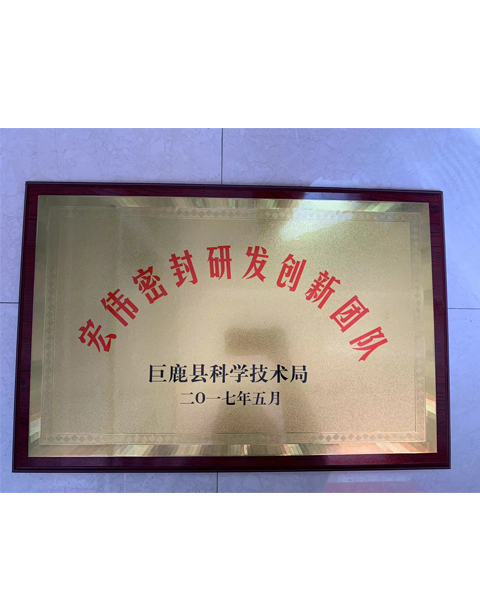Best Practices for Replacing Lower Oil Pan Gasket in Vehicles
Understanding the Importance of the Lower Oil Pan Gasket
The lower oil pan gasket is a critical component in a vehicle’s engine assembly. Situated between the oil pan and the engine block, its primary function is to ensure a tight seal that prevents engine oil from leaking out. This seemingly unassuming part plays a significant role in maintaining the overall health and efficiency of the engine. In this article, we will explore the importance of the lower oil pan gasket, its functions, potential issues caused by a failing gasket, and how to address these problems.
Function of the Lower Oil Pan Gasket
The lower oil pan serves as the reservoir for engine oil, collected from different parts of the engine. The oil pan gasket is essential as it creates a seal between the oil pan and the engine block, preventing oil leaks that could lead to catastrophic engine damage. When the engine is in operation, it generates heat, which causes the metal components to expand. The lower oil pan gasket must adapt to these changes without compromising its integrity, ensuring that the oil remains contained within the system.
This gasket not only prevents leaks but also helps maintain optimal oil pressure. Proper oil pressure is crucial for the lubrication of engine components, as it reduces friction and wear, thereby extending the life of the engine. A well-functioning lower oil pan gasket contributes significantly to the engine’s efficiency, performance, and longevity.
Signs of a Failing Lower Oil Pan Gasket
Over time, the lower oil pan gasket can degrade due to heat, oil exposure, and the natural wear and tear of the vehicle. Recognizing the signs of a failing gasket is crucial for timely intervention. Here are some common symptoms to look out for
1. Oil Leaks One of the most noticeable signs of a leak is the presence of oil spots underneath the vehicle when parked. If you observe dark brown or black oil pooled on the ground, it may indicate a failing lower oil pan gasket.
2. Low Oil Levels If you frequently need to add oil to the engine, it may be a sign that oil is leaking from the pan. Regularly checking your oil levels can help track this issue.
lower oil pan gasket

3. Oil Warning Light Many modern vehicles are equipped with oil pressure sensors that can alert drivers to low oil pressure. If this light illuminates on your dashboard, it could be a sign of a gasket failure or leakage.
4. Increased Engine Noise Insufficient lubrication due to a leak can lead to increased engine noise—a result of metal components not being adequately shielded by oil.
Addressing Lower Oil Pan Gasket Issues
If you suspect your lower oil pan gasket is failing, it is crucial to address the issue promptly to prevent further damage to your engine. Here are the steps you should follow
1. Diagnosis A professional mechanic can diagnose the problem accurately. They will inspect the oil pan and gasket, looking for signs of wear or damage.
2. Replacement If the gasket is indeed failing, it will need to be replaced. This process typically involves draining the oil, removing the oil pan, cleaning the surface of the old gasket, and installing a new gasket. It’s essential to ensure that the new gasket is seated correctly to prevent future leaks.
3. Regular Maintenance To avoid issues with oil pan gaskets in the future, consistently follow your vehicle’s maintenance schedule, including regular oil changes and inspections.
Conclusion
The lower oil pan gasket may often go unnoticed, but its importance in engine performance cannot be overstated. Preventing oil leaks, maintaining oil pressure, and protecting engine components are just a few of its essential functions. By being vigilant about the signs of a failing gasket and addressing issues early, vehicle owners can save themselves from costly repairs and ensure their engines operate smoothly. Ultimately, paying attention to even the smallest components, like the lower oil pan gasket, is vital for the health and longevity of your vehicle.
-
Understanding the Front Main Engine Seal: Purpose, Maintenance, and Installation
News Jul.29,2025
-
Understanding O-Rings and Seal Rings: Types, Applications, and Custom Solutions
News Jul.29,2025
-
Understanding Crankshaft Oil Seals: Rear Seals, Pulley Seals, and Their Role in Engine Integrity
News Jul.29,2025
-
The Importance of Front and Rear Crankshaft Seals in Engine Performance and Oil Management
News Jul.29,2025
-
Crank Oil Seals: Functions, Types, and Cost Considerations in Engine Maintenance
News Jul.29,2025
-
A Comprehensive Guide to O-Rings and Seals: Types, Materials, and Global Applications
News Jul.29,2025
-
Mastering Diesel and Performance Engine Maintenance: A Guide to Critical Oil Gaskets
News Jul.28,2025
Products categories















